What is an oxygen concentrator and what is it for?
Oxygen concentrators are medical devices intended to offer oxygen therapy to patients with respiratory problems. Designed for home use, it provides patients with the necessary oxygen therapy at home.
These oxygen machines work by taking the air from the environment and converting it into pure oxygen, removing the nitrogen, resulting in the air inhaled through these devices containing a higher percentage of oxygen than 21%, which is common in the atmosphere.
Air is compressed inside the device and released as needed by the patient. Therefore, they are devices that facilitate oxygen therapy at home, requiring that their use be prescribed by a medical professional.
The oxygen concentrator, what is it for?
An oxygen concentrator can be used in ambulatory or home treatments. It is used in the management of conditions that cause low oxygen levels in the blood, such as emphysema, asthma attacks, heart failure, chronic obstructive pulmonary disease, pneumonia, and COVID-19.
Being essential for life, patients with respiratory problems cannot get enough oxygen into their lungs. In the event that the blood, the brain and the entire body system do not receive adequate oxygen, the patient’s life may be in danger.
In these situations, medical professionals often prescribe the use of home concentrators. Using these concentrators allows patients to breathe at a normal rate and deliver an adequate amount of oxygen to their lungs.
Monitoring blood oxygen levels
Measuring oxygen levels in the blood has always been very important, not only in situations of asthma, COPD (chronic obstructive pulmonary disease) or lung cancer, but also in common cases of childhood bronchiolitis and bronchospasm, which can evolve towards pneumonia.
Because of this, regular monitoring should become standard practice. In recent years, the use of home blood pressure devices has increased.
How is the operation of an oxygen concentrator?
When a respiratory illness requires an oxygen concentrator, delivery can be given in two ways: in response to the user’s inhalation, based on the person’s respiratory rate, or by a pulse, in which the oxygen concentrator regulates the amount of oxygen according to the needs of the user.
As a result, the patient receives the adequate dose of oxygen according to the activity he is doing. For example, when you sleep the need for oxygen is less than during a walk.
For patients who require constant oxygen delivery, a highly efficient option is pulse dosing via a portable oxygen concentrator, for added comfort and convenience.
The oxygen concentrator takes air from the environment, filters it through zeolite, and separates nitrogen from oxygen, resulting in air enriched by up to 45%.
These oxygen equipment use continuous flow systems to supply air with a higher concentration than that found in the environment.
Although different models are available, each suitable for a wide variety of individual therapeutic pressures and breathing qualities, they all serve the same essential function.
Options for each oxygen concentrator model may include temperature control, greater ease of use, automatic leak compensation, and mechanized start and stop.
Oxygen is administered through a nasal cannula from the concentrators or else through a mask connected directly to the patient’s airway.
It is very important to take into account some recommendations when using this type of device:
Given its high degree of flammability, it is very important to avoid contact of the concentrator with cigarettes or flames.
With a one-way valve on the concentrator, oxygen is prevented from flowing back into the apparatus.
How to choose an oxygen concentrator?
It will be a specialized professional who determines that the medical needs are those required to use an oxygen concentrator:
Medical prescription: As mentioned above, the first step in selecting an oxygen concentrator is to obtain a prescription from your doctor. They are the ones who will determine your specific oxygen needs, such as the amount, flow rate and daily duration required, crucial information in selecting the correct device.
Device type: There are stationary concentrators, for home use, and portable concentrators, for active people. Being the lifestyle and individual needs that will influence the choice.
Oxygen capacity: A concentrator must be chosen that provides the amount of oxygen needed. Being the capacity of the concentrators expressed in liters per minute (LPM).
Battery life: If you opt for a portable concentrator, battery life has to be taken into account. Make sure it is enough for your daily activities.
Size and weight: If you require mobility, consider a compact and lightweight model. They vary in terms of size and weight, depending on the model.
Easy to use: Choose a device that is intuitive and easy to use. Both in the facility to adjust the parameters, read the screen, or in cleaning and maintenance.
Noise level: There are models that produce a lot of noise. If this can be a nuisance, you should look for models that are quieter.
Reliability and guarantee: Opt for a trusted brand with positive reviews. And that the device has a guarantee in case of problems.
Service and assistance: Having a good customer service available is of the utmost importance, which will serve to clarify doubts and solve problems if any.
Price and financing: Consider the cost of the concentrator and whether there are financing plans.
Benefits of using an oxygen concentrator
- They relieve the feeling of lack of air: they promote better quality breathing due to the concentration of oxygen they provide. If people have problems with the amount of oxygen in their blood, they experience increased fatigue during daily activities.
- They are portable: they can be transported anywhere, standing out for their ease of transport
- Don’t run out: Oxygen concentrators never run empty, drawing oxygen directly from the air.
- They make it possible to exercise: they provide a greater supply of oxygen, necessary for sports (low intensity).
- They improve the quality of sleep: by supplying the necessary amount of oxygen during the day, they improve the quality of sleep. In addition, if prescribed by your doctor, they can also be used in conjunction with sleep apnea treatments.
- They provide independence: they give freedom, allowing you to perform many tasks by yourself.
- They save money: in the long run they are cheaper than the continuous purchase of oxygen tanks.
- They improve daily life: improving your daily well-being you can perform many activities that you could not before
Difference Between Oxygen Concentrators and Oxygen Tanks
Unlike oxygen cylinders, which have a specific amount of compressed gas, concentrators use electric pumps to concentrate the oxygen in the air, providing an uninterrupted supply to the patient.
Practicing regular physical activity to keep the respiratory and circulatory system in good condition serves to maintain optimal oxygen levels in the blood. Maintaining a balanced diet, it is also recommended as well, gradually reduce the consumption of saturated fats, refined sugars and alcohol.
Types of oxygen concentrators
There are several types of oxygen concentrator equipment:
1. Stationary oxygen concentrator: it is used in hospitals and clinics. They provide a constant and continuous flow of oxygen
2. Portable oxygen concentrator: They are smaller than the previous ones and lighter. For those people who need to be on the move, they are of real importance since they can be transported
Portable oxygen concentrators
They help to improve the real quality of life of people, allowing more freedom to enhance physical activity since they are lighter, more compact and produce little noise, offering the possibility of having a machine of these characteristics at home.
Since they work with a battery, their transport is ideal, avoiding having restrictions and offering the possibility of staying on the move while it is being used.
At terapiacpap.pt we have a wide catalog to buy an oxygen concentrator.
Monitoring the use of the concentrator
Necessary steps
- A medical examination is necessary: there is a test called arterial blood gases. The one that measures how much oxygen is in the arterial blood.
Diagnosis: Thanks to this test, the doctor can identify a condition known as hypoxemia, characterized by a level of oxygen in the blood below normal. - Oxygen concentrator prescription: Your doctor may prescribe a stationary oxygen concentrator for use at home or a portable one for when you need to go out.
- Obtaining the oxygen concentrator: With your doctor’s prescription you can find a supplier of this medical equipment. Who will teach you how to use them and will offer you different concentrators with their advantages, prices, etc.
- Medical control: to verify that the device is being beneficial for you and to make the necessary adjustments if necessary, you will have follow-up appointments with your doctor
How do I adjust to living using an oxygen concentrator?
It is important to follow the instructions offered by the doctor:
- Understanding the device: Understanding how the oxygen concentrator operates is critical. Understanding perfectly the explanations provided by the specialist in respiratory therapy or your doctor will save unnecessary calls and waste of time.
- Adaptation: Familiarize yourself with the sensation of having the nasal cannula or oxygen mask on. It might be uncomfortable at first, but you’ll get used to it over time.
- Equipment handling: Learn to carry it safely and comfortably, either by hand, on the shoulder or in a backpack. If you have a portable concentrator, try moving around with it.
- Establishing a routine: Define a plan for the use of the oxygen concentrator. You should use it according to your doctor’s recommendations.
- Care and maintenance: Be sure to clean and maintain your concentrator according to the manufacturer’s instructions.
- Security measures: Do not forget to follow the security measures. Do not smoke or allow anyone else to smoke around you when you are using the concentrator. Also, keep the concentrator away from heat sources.
- Emotional support: Do not hesitate to look for testimonials from people who already use an oxygen concentrator. Change can be emotionally demanding. Knowing from another person how they have adapted to the use of this supplemental oxygen device can be very helpful.
- Medical consultation: Contact your doctor immediately if you experience any problems with your concentrator or if your symptoms become severe.
- Physical Activity: Try to stay physically active as much as possible, despite using an oxygen concentrator. This can help improve your overall health and breathing capacity.
- Patience: Adjusting to living with an oxygen concentrator can take time, but with practice and support, you can lead a normal, active life.
Is the use of concentrators recommended while doing physical activity?
Portable oxygen concentrators are particularly useful in these situations, as their small size and ease of transport make them more practical than stationary concentrators. Yes, it is possible and quite common to use oxygen concentrators during physical activity.
If someone has a condition that prevents them from getting enough oxygen during exercise, using a concentrator can make physical activity more comfortable and for longer periods of time. It can be especially beneficial for people with conditions that can make breathing difficult, such as heart failure or chronic obstructive pulmonary disease (COPD) among others.
However, it is crucial to remember that any exercise program must have the approval of a doctor. Exercise can increase the body’s demand for oxygen, and what may be safe and beneficial for one person may not be for another. Before starting a new exercise program or increasing the intensity of your current physical activity, you should consult your doctor.
Additionally, when using an oxygen concentrator during exercise, it is important to follow the guidelines for use and maintenance of the device. Check that the battery is sufficiently charged and take spare parts with you, in case they are necessary, such as a mask or nasal cannula.
Oxygen concentrators and their common problems
1. Insufficient Oxygen Flow – This could indicate a failure in the compressor or the zeolite filters in the device.
2. Excessive noise: The concentrator normally does not make much noise, if it happens to be excessive, the fan motor may have a fault.
3. The hub will not turn on: Could be caused by a faulty fuse, power cord, or power switch.
4. Alarm sound: By having alarms that warn about various problems such as low oxygen concentration, high temperature or insufficient air flow, they are activated when a problem is detected.
5. Overheating: If you notice that the hub is getting excessively hot, it could indicate that the internal fan is failing. A review will be necessary as soon as possible.
6. Air leaks: If air leaks are noticed, they may come from the hose connections or in the cannula.
7. Problems with the battery: The battery life is indicated by the manufacturer, in portable concentrators, the battery may not charge correctly or not last as long as expected.
8. Low oxygen concentration: the first thing to check is that the zeolite filters are not failing, it is a failure that is detected when the concentrator is not generating enough oxygen
9. Problems with the humidifier: In the event that the concentrator includes a humidifier, it could leak or not work properly.
10. Problems with the cannula: It is necessary to pay attention to the cannula, since it could become clogged, bent or leak, which would prevent proper oxygen delivery.
In the event that you encounter any issues with your oxygen concentrator, please avoid attempting to repair the concentrator yourself as this could be risky and could void the warranty of the device and you should contact your medical equipment supplier or a health professional to solve it.
Terapia CPAP Portugal
Latest posts by Terapia CPAP Portugal (see all)
- Sleep apnea with other illnesses - 21 de July de 2023
- What is an oxygen concentrator and what is it for? - 23 de June de 2023
- Sleep apnea machine - 5 de December de 2022
- Difference between CPAP and BIPAP - 22 de November de 2022
- Narval CC mandibular advancement for sleep apnea - 14 de November de 2022



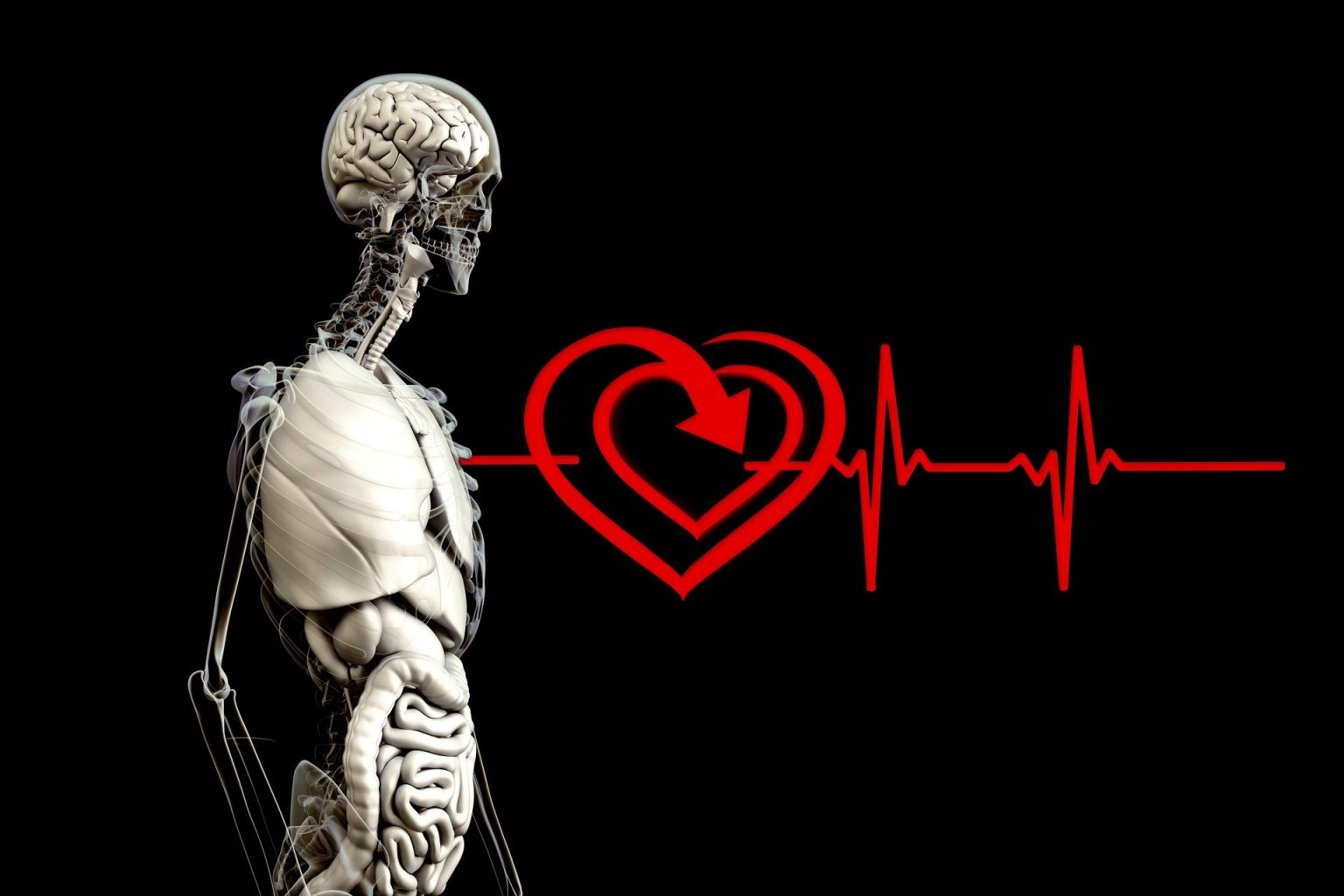


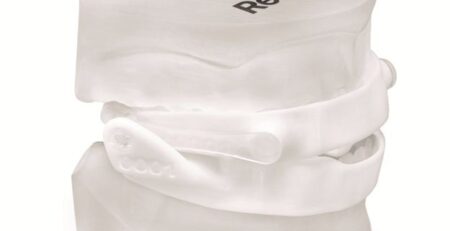
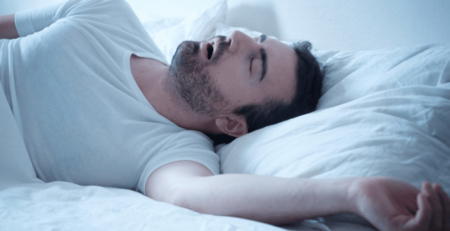
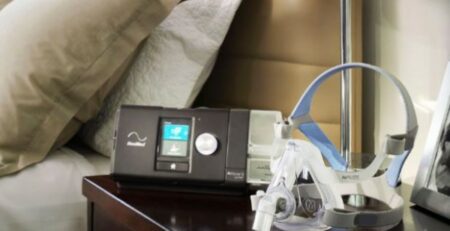
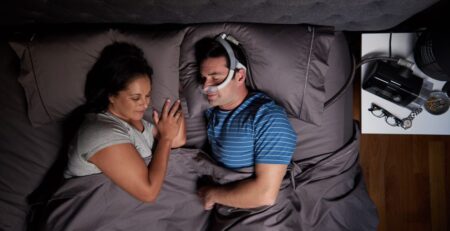
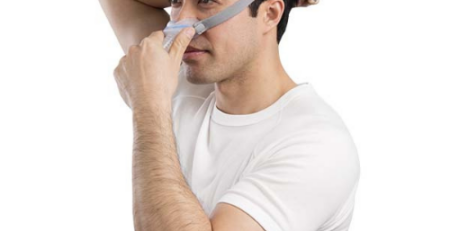
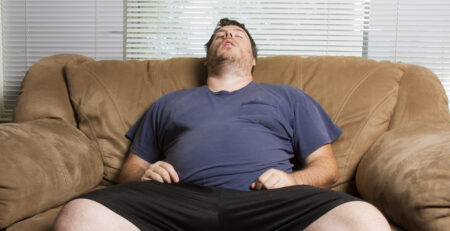
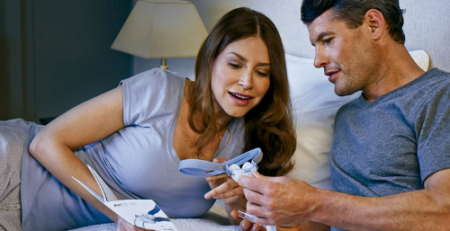
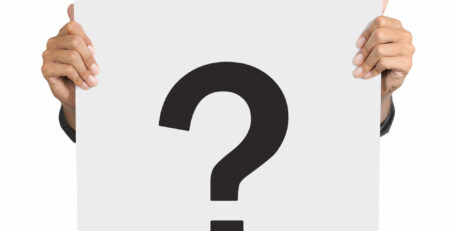

Leave a Reply